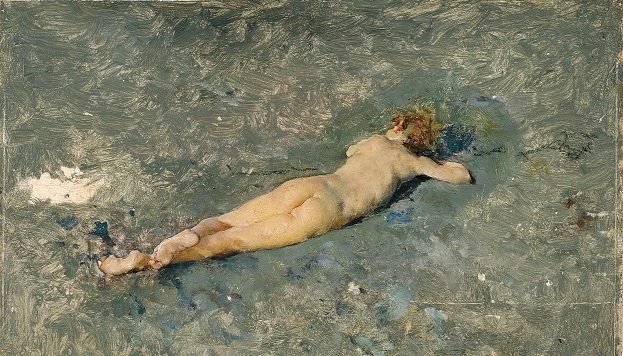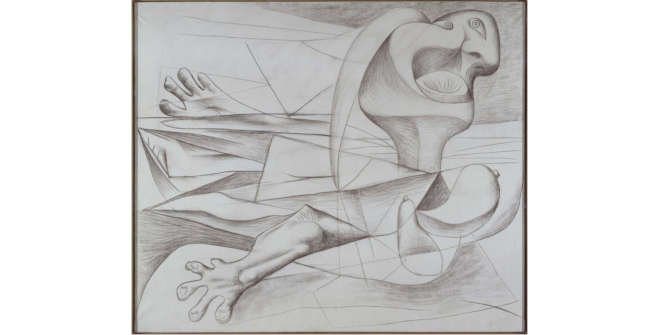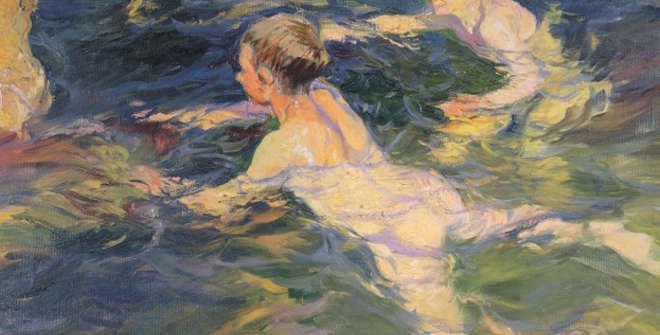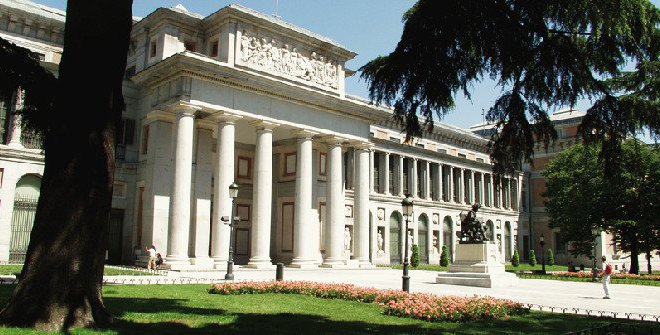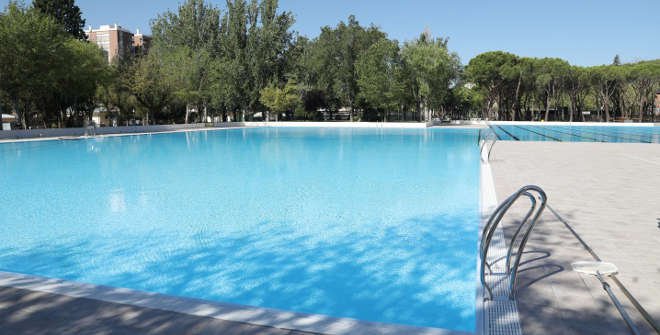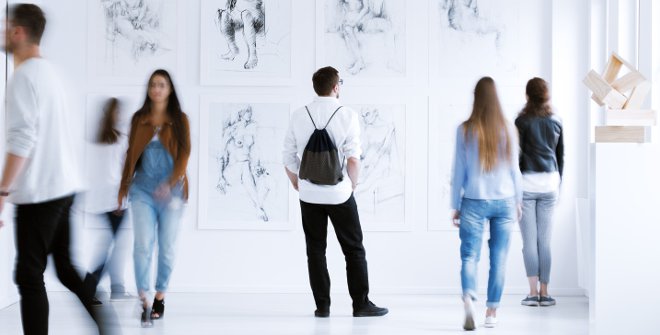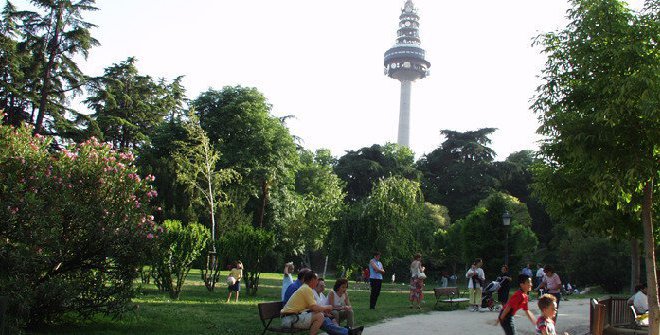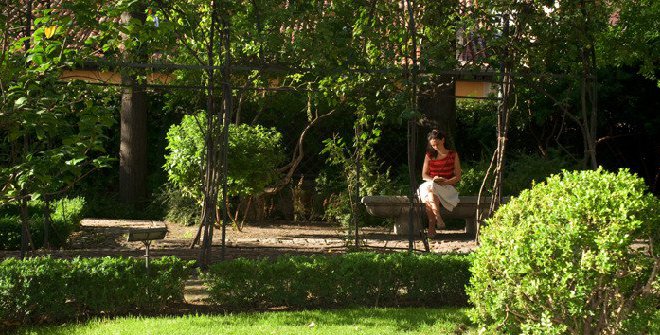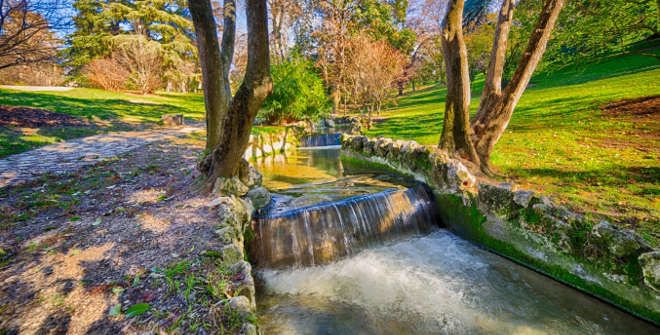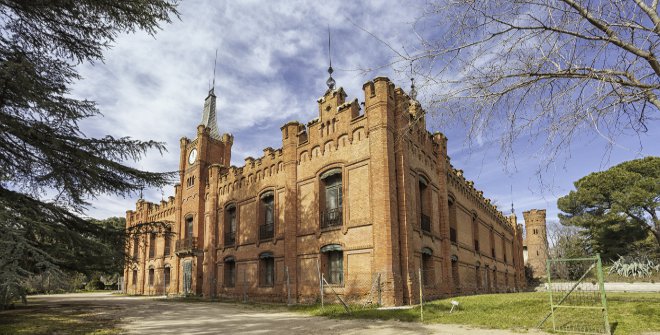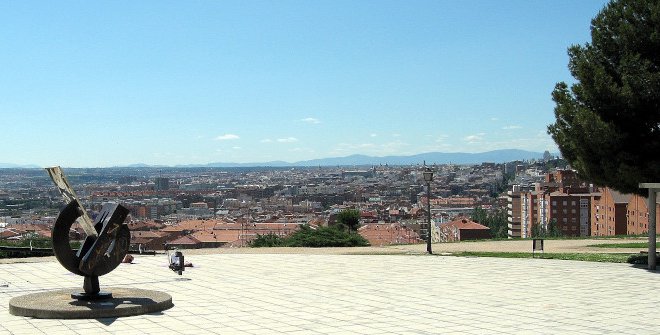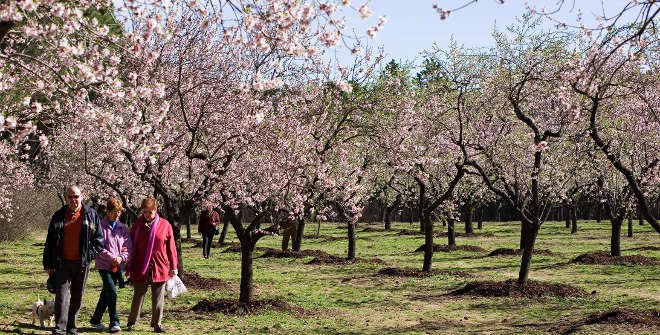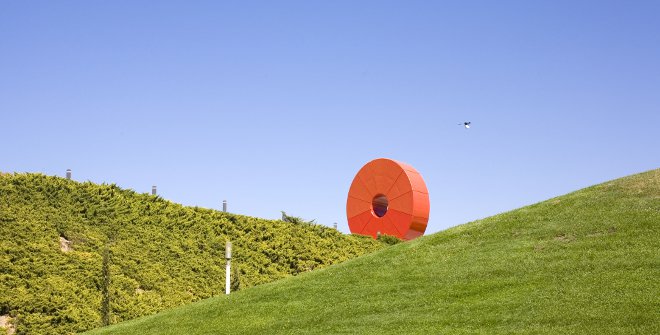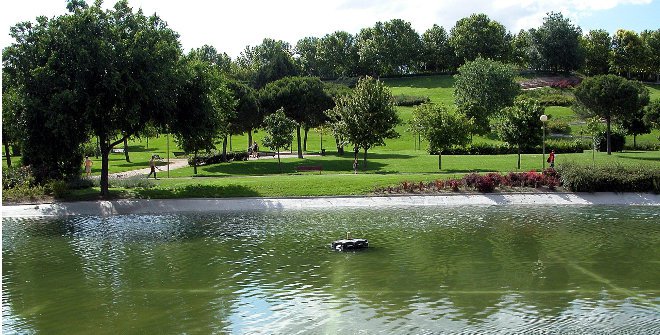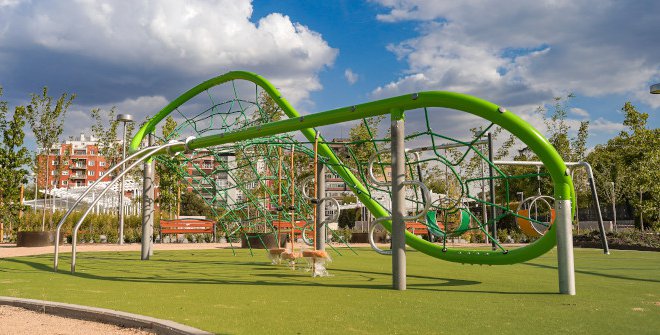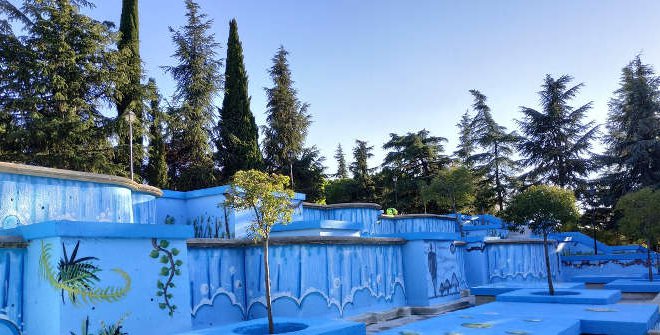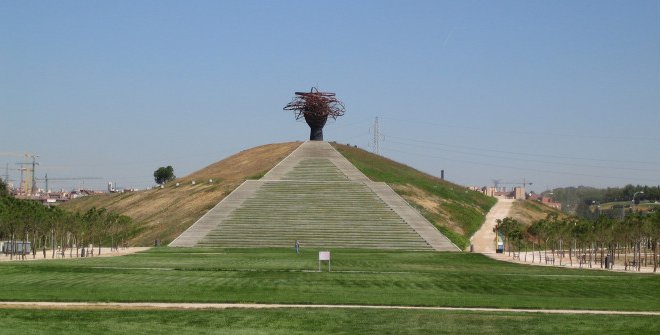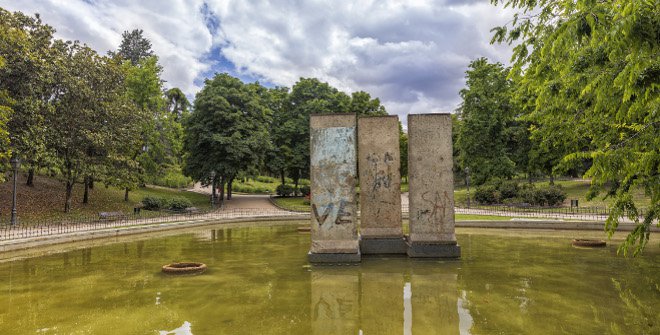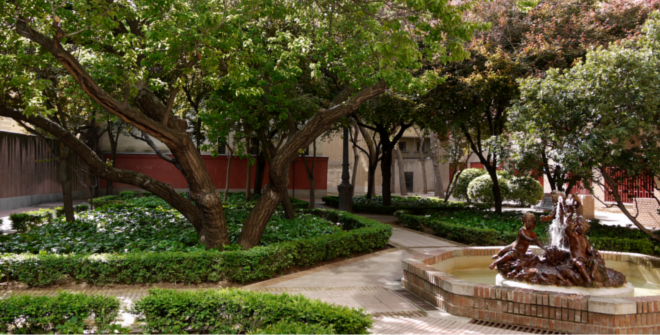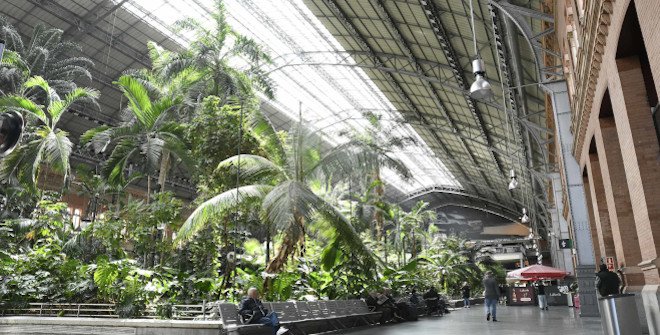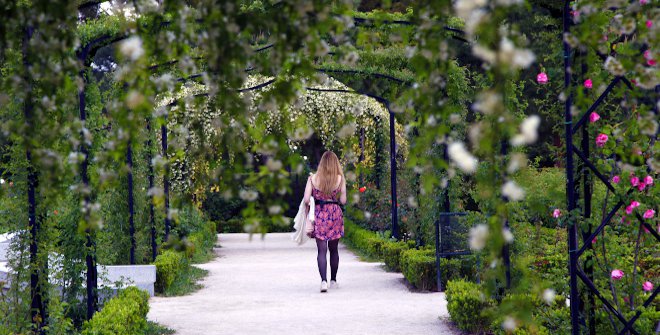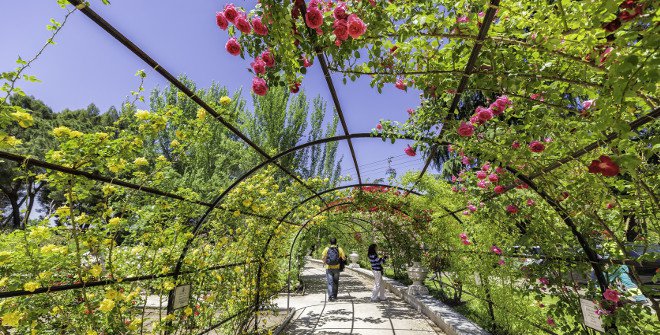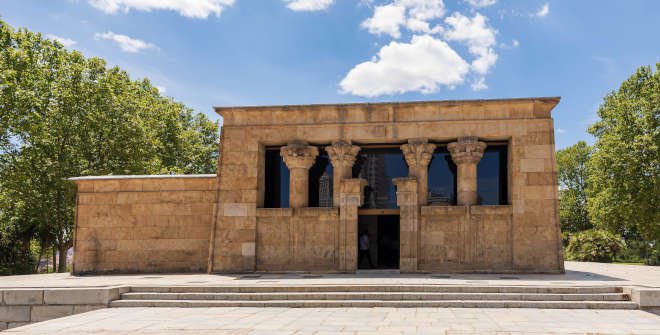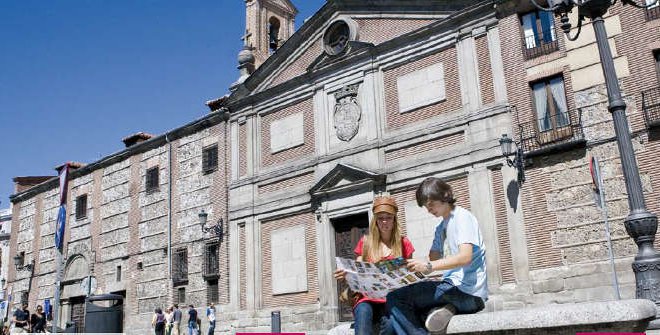A Refreshing Dip at the Museum
Museums are always a great place to seek refuge, and even more so when temperatures rise above thirty degrees. By Ignacio Vleming.
Our first stop is the Sorolla Museum. Although it’s in the heart of the Chamberí neighbourhood, you’ll find views of the Mediterranean. Swimmers, Javea (pictured above) is one of the many canvases on which the artist captured summer light on skin and through water with extraordinary realism. Continuing our tour of the Reina Sofía Museum, we find The Swimmer, by Pablo Picasso, and Couple on the Beach, by Josep Togores. The museum also houses a work by Nicolás de Lekuona, a pioneer of photo collage in Spain, which shows numerous women diving in choreographed motion across a sky reminiscent of the sea.
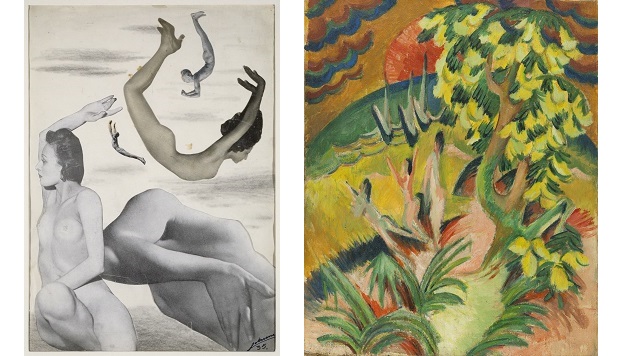
The next stop is the Thyssen-Bornemisza Museum. A number of beach scenes are displayed in the rooms devoted to German Expressionist painting and the Die Brüke group of artists from Dresden, painted by artists like Emil Nolde, Erich Heckel and Max Hermann Pechstein. We will focus in particular on a painting by Ernst Ludwig Kirchner of a cove on Fehmarn, an island in the Baltic Sea. The sky, the trees, the rocks and the swimmers are depicted with unreal shapes and colours.
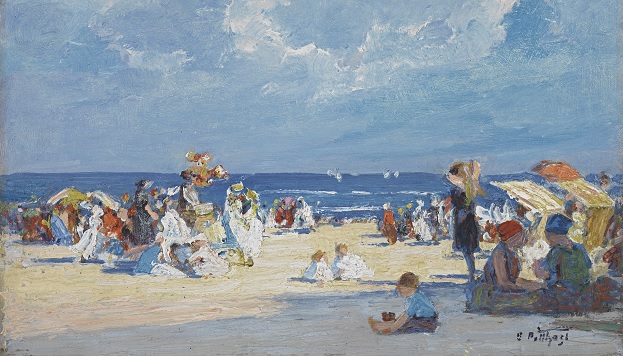
The Carmen Thyssen-Bornemisza Collection includes various works in which the ocean takes centre stage. The atmosphere of New York’s beaches, frequented by many of the immigrants that had recently arrived in the USA in the first few decades of the 20th century, were painted with great realism by American artist Edward Henry Potthast. It has been observed that the artist was influenced by the Sorolla exhibition organised by the Hispanic Society in 1909.
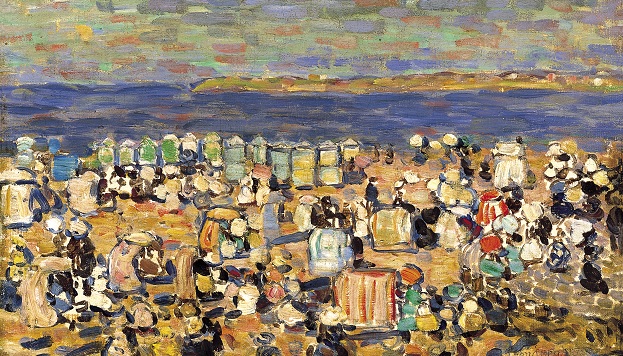
The same working-class ambience was not found, however, on the beaches of Saint-Malo in Brittany. During the Belle-Époque, they had become a summer holiday destination for the French bourgeoisie. At the Thyssen-Bornemisza Museum we can view a painting by Maurice Prendergast in which the bathers are lost amidst the classic striped bathing tents of the time. The painting, speckled with short strokes and dabs of uniform colour, might remind some of a mosaic.
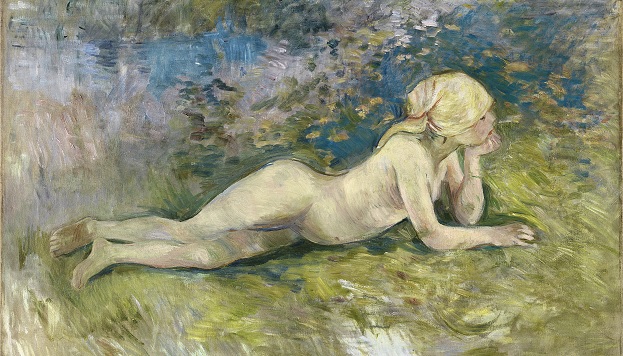
This Reclining Nude Shepherdess by Berthe Morisot, a painter who was part of the Impressionist movement, is also from the Carmen Thyssen-Bornemisza Collection. The loose strokes and the blurred background, as if the painting were an old photograph, give the scene a high degree of naturalism. According to the museum’s website, the artist created this painting during her summer holiday at Mézy-sur-Seine, some fifty kilometres from Paris. This beach, then, is on the banks of a river.

Our tour ends at the Prado Museum, in the rooms devoted to 19th century Spanish painting. Here, we find paintings like Boys on the Beach, by Joaquín Sorolla, The Mouth of the Bidasoa, by Martín Rico, and the seascapes of Carlos de Haes, which show the sea before the arrival of summer holidaymakers. Finally, we’ll stop to consider one of the most delicate pieces in the entire gallery, a 13x19 cm panel entitled Nude Boy on the Beach at Portici. This work by Mariano Fortuny makes evident something that’s exceedingly difficult to convey with an image, the pleasure of drying off in the sun after swimming.
